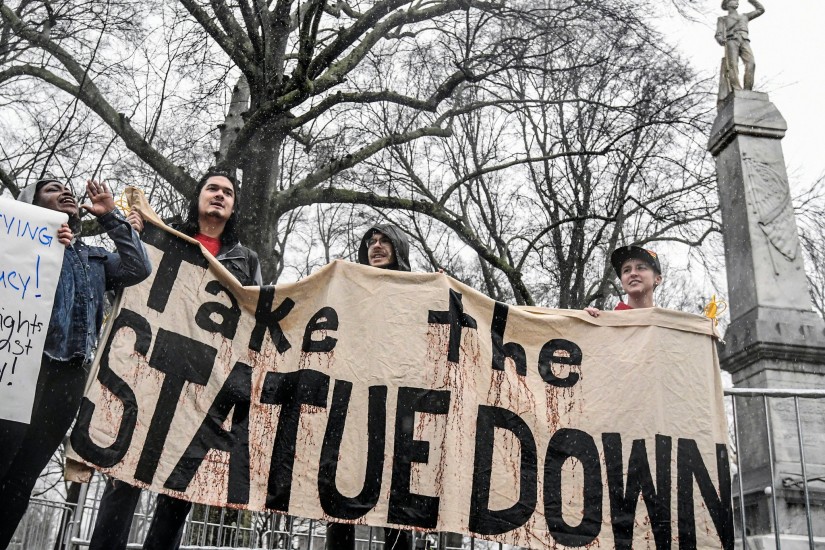What better captures the original meaning of memorials, after all, than the words of the memorialists themselves? These speeches were designed to articulate what those who gathered to sanctify such monuments perceived themselves to be doing.
When I finally uncovered Scott’s speech in the Vicksburg Herald during a casual late-night search through newspapers.com on June 12, however, it was even more plainspoken about the white-supremacist legacy of the Confederacy and Confederate soldiers than I had expected.
Much of the address, to be sure, is boilerplate Lost Cause rhetoric, the likes of which we still sometimes hear today. Scott, perhaps clad in the Confederate uniform he often wore while campaigning for governor that year, defended the right of secession, asserted that slavery was a “mere incident” to the Confederate cause, and exalted the gallantry of Confederate soldiers and the nobility of white southern women.
Toward the end of the speech, however, Scott gave voice to the kinds of explicitly racist ideas that modern defenders of Confederate monuments generally no longer air publicly. The “crowning glory” of Confederate soldiers, he declared, was their service “during the nightmare called the reconstruction,” when they “boldly, aggressively, and intentionally overrode the letter of the law, that they might maintain the spirit of the law and preserve Anglo Saxon civilization.” Rather than singling out the war itself, in other words, Scott called attention to Confederate soldiers’ actions in the Reconstruction years that followed, when the former Confederate states were reincorporated into the Union and white southerners violently resisted the elevation of black southerners to full equality.
The resistance of former Confederates to Reconstruction, Scott insisted, “overshadows all [their] brilliant victories on the field of battle.” It entitled them to the “lasting gratitude of the civilized world,” which, he suggested, was increasingly beginning to see the “race question” in the same way that former Confederates did.
As proof, he pointed to an article by Charles Francis Adams Jr. in The Century Magazine. Reflecting on a recent trip to Africa, Adams, a descendant of the presidents and a Union veteran, unleashed a racist screed that included a mea culpa for Yankee mishandling of Reconstruction:
